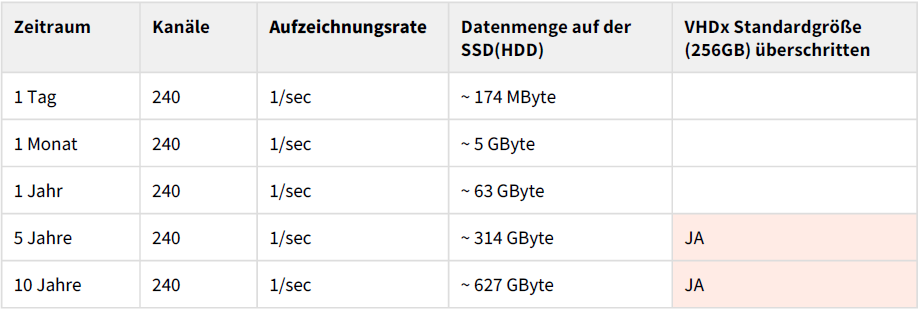Preliminary considerations - Windows
Docker Desktop Limitierungen
Docker Desktop, on a Windows 10 (and 11) system, offers the ability to use Linux-based containers using WSL2 (Windows Linux Subsystem). To do this, a virtual Linux system is started on the Windows computer using WSL2.
Unfortunately, this technology has some limitations compared to a native Linux system, which should be taken into account.
After a Windows 10 (11) restart (reboot), the Docker Desktop environment is not automatically started and hence also no previously active containers (smartWARE services). Docker Desktop only becomes active when the user on whose account Docker Desktop was started logs in. To do this, "Start Docker Desktop when you log in" must be enabled in the Docker Desktop settings.

Docker Desktop provides a Docker Compose setting that must NOT be enabled, otherwise the smartWARE services will not start correctly. Especially after a Docker Desktop software update, make sure that this setting is not enabled.

The virtual machines (e.g. Ubuntu WSL2) are stored in .vhdx files. These .vhdx files have a maximum size of 256GB by default. This default size can and must also be adjusted as needed. Windows also stores this file on the C drive. Therefore, this drive must be sufficiently large, since it also contains Windows as the operating system. The .vhdx file can also be "moved" to another partition by taking appropriate configuration steps.
Important: Before productive use, it is important to be aware of the amount of data involved, and to increase the maximum size of the .vhdx file beforehand, or to move the file to a larger partition.
Amount of data generated
What amounts of data are generated when operating the smartWARE Evaluation software? The amount of data generated is determined by 3 main factors:
Recording rate (how often a measured value is recorded)
Number of channels
Recording period
Amount of data [MByte] = number of channels * number of days * 0.725MB * recording rate (in number per second)
Sample table for 240 channels/sec:

Since it is not only the smartWARE data that is stored in the VHDx file, for productive continuous operation it is recommended to increase the size of the VHDx for the WSL2 Ubuntu in which the data is permanently stored, and to move it to a separate SDD.
Performance
Since, depending on the amount of data, the application works with a great deal of data and files, it makes sense to use only computers with SSD and a fast network connection. These System Requirements must also be met.
